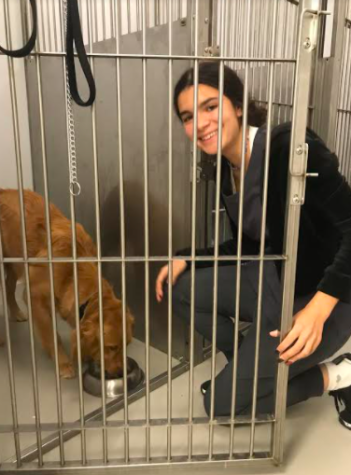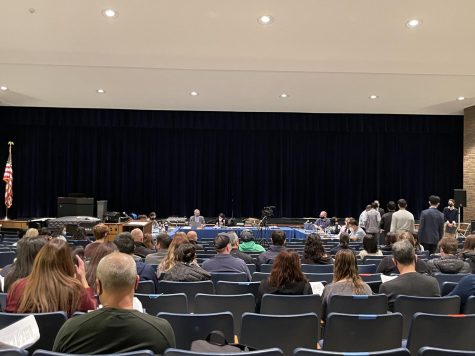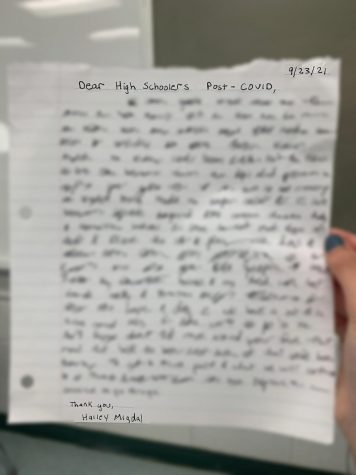How COVID-19 infiltrates our immune system
The PV Student Publication has partnered with The Research Club to publish a series of research essays entitled “The Research Publications.” This essay explains the effect that COVID-19 has over people’s immune systems.
(Editor’s Note: The PV Student Publication has partnered with The Research Club to publish a series of research essays related to topics of COVID-19. All research essays are written and fact-checked by members of the Research Club, and The PV Student Publication is rolling out these essays as a service to our community. This essay explains the effect that COVID-19 has over people’s immune systems. This paper is written by senior Elise Schicker and fact-checked by senior Aishwarya Pathri)
Today, there are over 156 million cases and 3.3 million deaths worldwide as a result of COVID-19.[11][13] As a result, scientists have rushed to understand how this virus infiltrates our immune system and what makes it so successful at doing s
SARS-CoV-2, the pathogen that causes COVID-19, is a virus. A virus is simply a package of genetic information.[10] It cannot replicate by itself, so it seeks out a host cell.[10] [14] The host organism acts as a ‘nursery’ and helps facilitate this replication. This process typically ends up killing the host cell and consequently damages the host organism.[10] [14]
In the case of COVID-19, as with all viruses, this process begins with coming into contact with the virus. It is typically inhaled through the nose or mouth, which gives the virus access to our respiratory system.[12] [15] [7] [16] However, it may also be spread through fomites (physical contact). Once it enters the body, SARS-CoV-2 uses specialized exterior proteins that latch onto specific receptors located on the surface of our cells.[6] [7] [8] These receptors are called ACE2. By binding with your cell’s receptors, SARS-CoV-2 tricks our cells into allowing it to fuse and pass through the membrane (the surface of our cells).[9] The virus will then release its RNA into the host cell and begin to reproduce, oftentimes killing the host cell.[6] [7] [8] [9] [16] Its offspring will follow the same pattern of reproduction or die trying.
The death of human cells is what causes symptoms of COVID-19. For example, cells with the ACE2 receptor are commonly found in the lower airways of the respiratory tract.[6] [7] [16] [17] Thus, SARS-CoV-2 is likely to reside deeper inside than viruses like the common cold[6] [7] and cause respiratory symptoms such as coughing, difficulty breathing, and soreness of the throat. These symptoms are caused by the death of respiratory cells.
The novel coronavirus is not only successful but also particularly adept at infecting our cells. It’s characteristics allow it to infiltrate our immune system more efficiently than other viruses. One of these characteristics was discovered by Professor Benjamin R. TenOever, a professor of microbiology from the Icahn School of Medicine, and his team.[1] [2] TenOever explains that the novel coronavirus is exceptionally efficient at disrupting cellular programming. Typical viruses replace less than one percent of their host cell’s programming, but TenOever and his team found that 60% of RNA in cells infected with SARS-CoV-2 is of viral origin. The professor claims this is “the highest [percentage he’s] seen”.
But it does not stop there. The novel coronavirus also exploits our immune response by modifying the alarm system of our cells.[1] [18] This alarm system functions to warn the surrounding cells of infection. There are two types of signals that an infected cell will discharge. The first instructs neighboring cells to build up defenses to slow the spread of the virus. The second summons white blood cells to the area. The white blood cells attempt to fend off the virus and clean up the damaged parts. SARS-CoV-2 inhibits the first signal but allows the second to call for reinforcements. White blood cells are meant to be used in a small area, but with COVID-19, they are deployed too widely.

















